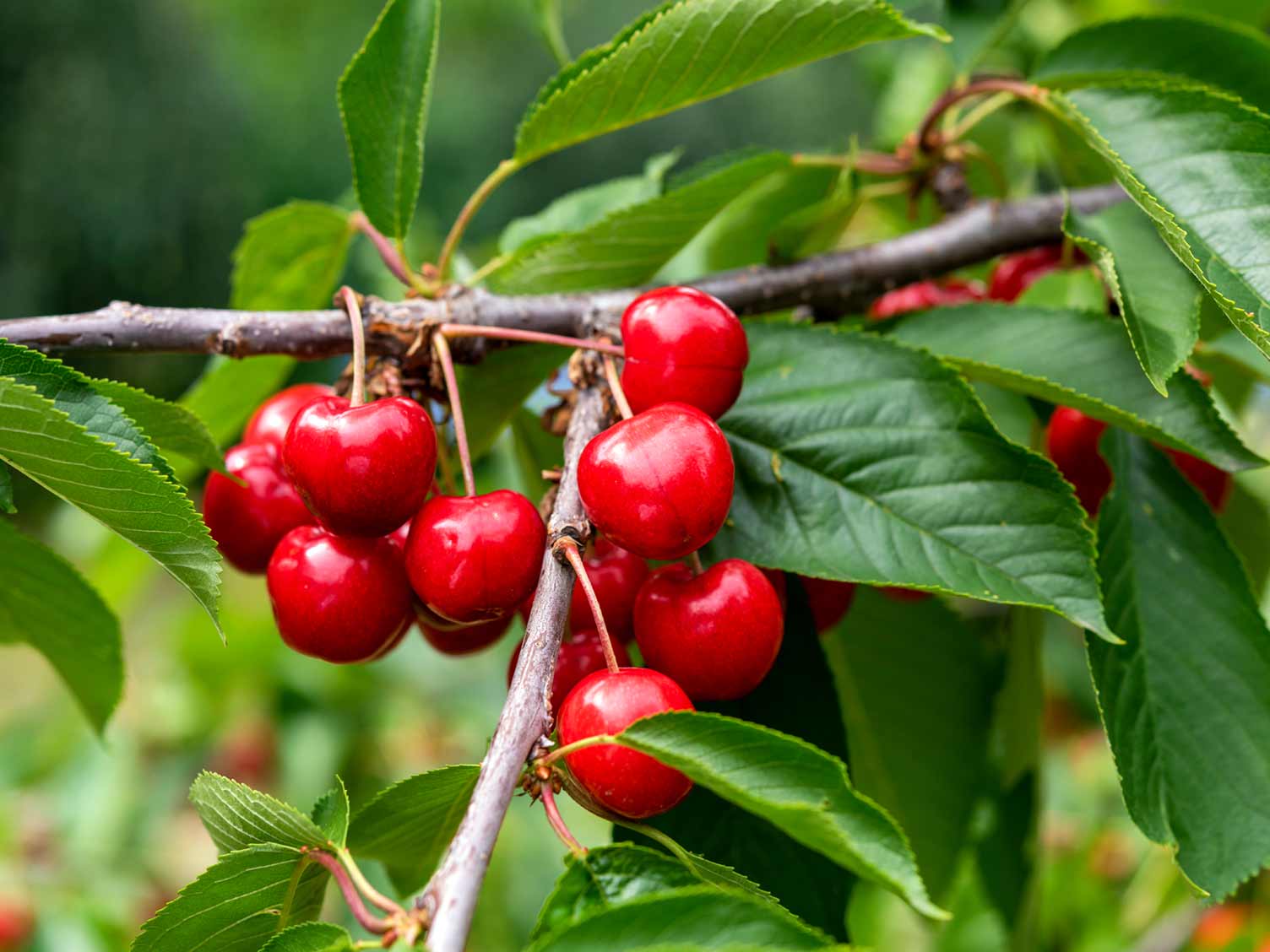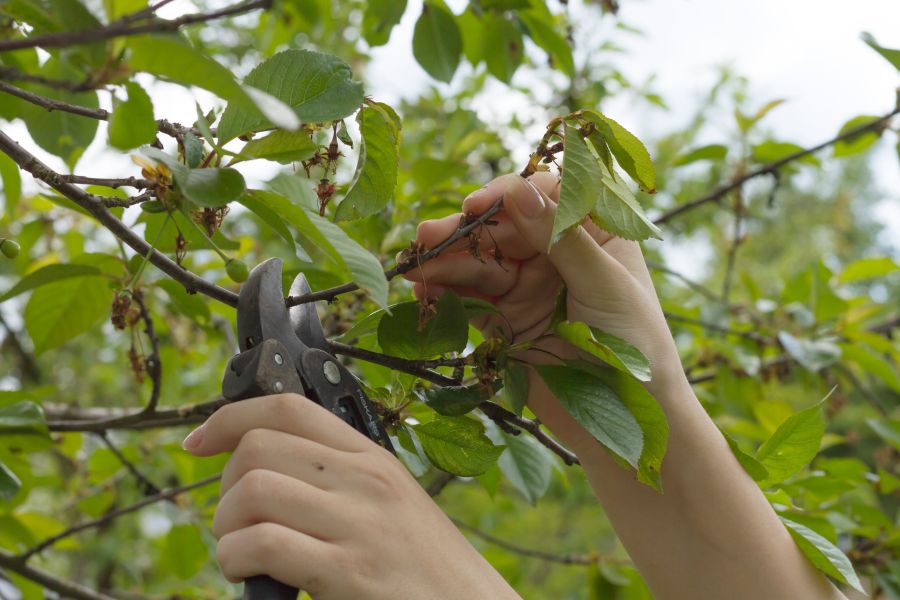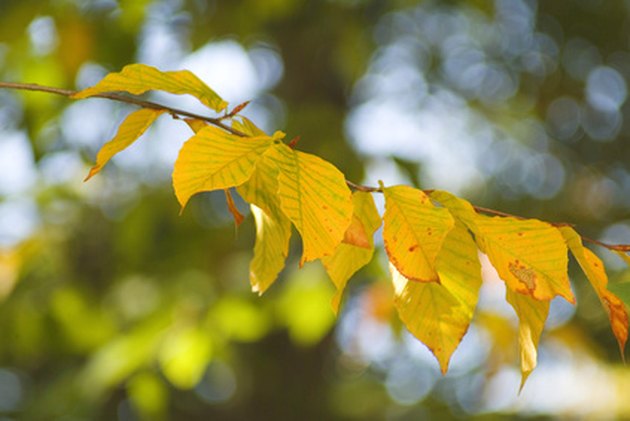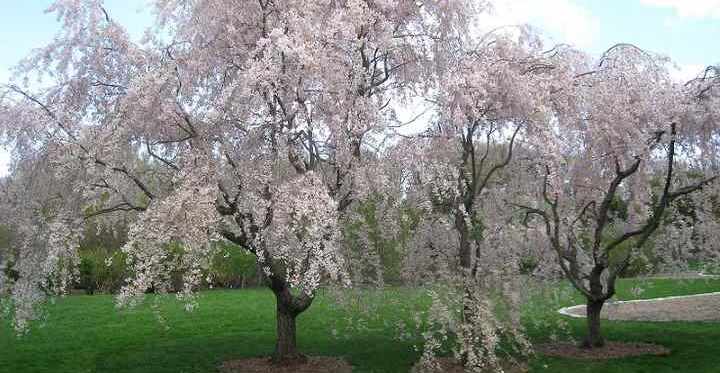Choosing the Right Cherry Tree Variety for Your Climate
When it comes to learning how to care for a cherry tree, selecting the right variety is crucial for its survival and success. With numerous varieties to choose from, it’s essential to consider factors such as climate, soil conditions, and desired fruit characteristics. Cherry trees require specific chill hours, which are the hours below 45°F (7°C) needed to break dormancy. If you live in an area with mild winters, you’ll need a variety with low chill hour requirements. Additionally, consider the pollination requirements of your chosen variety, as some cherry trees are self-fertile while others require a pollinator tree. Disease resistance is another critical factor, as cherry trees are susceptible to diseases such as powdery mildew and black knot. By choosing a variety that is well-suited to your local climate and soil conditions, you’ll set your cherry tree up for success and ensure a bountiful harvest. This initial step in how to care for a cherry tree will have a lasting impact on the tree’s overall health and productivity.
Planting and Soil Preparation: Laying the Foundation for Success
Proper planting and soil preparation are essential steps in learning how to care for a cherry tree. Before planting, ensure the soil is well-draining and has a pH between 6.0 and 6.5. Dig a hole that is twice as wide and just as deep as the tree’s root ball. Gently remove the tree from its container, taking care not to disturb the roots. Place the tree in the hole, making sure the graft union (if applicable) is at least 2 inches above the soil surface. Fill the hole with a mixture of soil and organic matter, such as compost or well-rotted manure, and water thoroughly. Avoid common mistakes like planting too deeply or not providing enough space for the tree’s mature size. By following these steps, you’ll give your cherry tree a strong foundation for growth and development. Remember, a well-planted cherry tree is more likely to thrive and require less maintenance in the long run, making it easier to learn how to care for a cherry tree.
How to Water Your Cherry Tree: Avoiding Overwatering and Underwatering
Proper watering is a crucial aspect of learning how to care for a cherry tree. Cherry trees require consistent moisture, especially during the first year after planting. To determine soil moisture, check the top 6-8 inches of soil by inserting your finger or a moisture meter. Water your cherry tree when the soil feels dry to the touch. The best times to water are early morning or evening, avoiding mid-day watering to minimize evaporation. Avoid overwatering, which can lead to waterlogged soil and root rot. On the other hand, underwatering can cause stress, reducing fruit production and tree growth. To avoid waterlogged soil, ensure the soil drains well and avoid watering during periods of heavy rainfall. By adopting a thoughtful watering approach, you’ll help your cherry tree thrive and reduce the risk of water-related problems. Remember, a well-watered cherry tree is more likely to produce a bountiful harvest, making it easier to learn how to care for a cherry tree.
Fertilization and Nutrient Management: Feeding Your Cherry Tree
Fertilization plays a vital role in cherry tree care, as it provides essential nutrients for healthy growth and fruit production. When learning how to care for a cherry tree, it’s essential to understand the importance of fertilization. Cherry trees require a balanced diet of nitrogen, phosphorus, and potassium, which can be provided through a combination of organic and synthetic fertilizers. Apply a slow-release fertilizer in early spring, following the manufacturer’s instructions, to promote healthy growth and fruiting. Additionally, consider adding organic matter like compost or well-rotted manure to the soil to improve its structure and fertility. Regular soil testing can help identify nutrient deficiencies, allowing you to adjust your fertilization strategy accordingly. For example, a lack of nitrogen may cause yellowing leaves, while a phosphorus deficiency can lead to stunted growth. By providing your cherry tree with the necessary nutrients, you’ll be rewarded with a bountiful harvest and a healthy, thriving tree. Remember, proper fertilization is a crucial aspect of learning how to care for a cherry tree, and with the right approach, you can enjoy a fruitful and productive tree for years to come.
Pruning and Training: Shaping Your Cherry Tree for Optimal Growth
Pruning and training are essential components of cherry tree care, as they help promote healthy growth, fruit production, and tree structure. When learning how to care for a cherry tree, it’s crucial to understand the importance of pruning for fruiting, as it allows more sunlight to reach the fruiting branches and promotes air circulation, reducing the risk of disease. Prune your cherry tree annually, removing any dead, diseased, or damaged branches, as well as any branches that are crossing or rubbing against each other. This will help maintain a strong, open structure and encourage fruiting. Training your cherry tree is also vital, as it helps establish a strong framework for the tree to grow on. Use trellises or stakes to support the tree, especially during its early years, and prune the tree to a central leader or open center system to promote even growth. By pruning and training your cherry tree correctly, you’ll be rewarded with a healthy, productive tree that produces delicious fruit for years to come. Remember, proper pruning and training are key aspects of learning how to care for a cherry tree, and with the right techniques, you can enjoy a thriving and fruitful tree.
Pest and Disease Management: Protecting Your Cherry Tree from Harm
When learning how to care for a cherry tree, it’s essential to understand the importance of pest and disease management. Cherry trees are susceptible to various pests and diseases, including aphids, spider mites, powdery mildew, and black knot. To protect your tree from harm, it’s crucial to monitor its health regularly, looking for signs and symptoms of infestation or infection. For example, aphids can cause curled or distorted leaves, while powdery mildew may appear as a white, powdery substance on the leaves. To prevent pest and disease issues, maintain good tree hygiene, removing any fallen fruit or debris that can attract pests. Use organic and integrated pest management strategies, such as introducing beneficial insects, practicing good sanitation, and using targeted pesticides only when necessary. Regularly inspect your tree for signs of disease, and prune infected branches promptly to prevent the spread of disease. By taking proactive steps to manage pests and diseases, you can ensure your cherry tree remains healthy and productive, providing you with delicious fruit for years to come. Remember, effective pest and disease management is a critical aspect of learning how to care for a cherry tree, and with the right strategies, you can enjoy a thriving and fruitful tree.
Mulching and Weed Control: Maintaining a Healthy Soil Environment
Mulching and weed control are essential components of how to care for a cherry tree, as they help maintain a healthy soil environment that promotes tree growth and fruit production. Mulching around the base of your cherry tree can help retain moisture, suppress weeds, and regulate soil temperature. When choosing a mulch, opt for organic materials like wood chips, bark, or straw, and apply a 2-3 inch layer around the tree, keeping it a few inches away from the trunk. Regularly replenish the mulch as needed to maintain its effectiveness. Weed control is also crucial, as weeds can compete with your cherry tree for water and nutrients. Use a combination of physical and chemical methods to control weeds, such as hand-pulling, mulching, and targeted herbicides. Additionally, consider using landscape fabric or weed barriers to prevent weeds from growing in the first place. By implementing effective mulching and weed control strategies, you can create a healthy soil environment that supports the growth and development of your cherry tree. Remember, a well-maintained soil environment is critical to learning how to care for a cherry tree, and with the right techniques, you can enjoy a thriving and productive tree.
Seasonal Care and Maintenance: A Year-Round Guide
To ensure optimal growth and fruit production, it’s essential to understand the seasonal care and maintenance requirements of how to care for a cherry tree. By following a year-round guide, you can provide your tree with the necessary care and attention it needs to thrive. In the spring, focus on pruning and fertilizing your cherry tree to promote healthy growth and fruit development. During the summer months, monitor your tree’s water intake and provide supplemental irrigation as needed to prevent drought stress. In the fall, prepare your tree for the upcoming winter by cleaning up fallen fruit and debris, and applying a layer of mulch to protect the roots from freezing temperatures. Finally, in the winter, protect your tree from extreme cold and frost damage by applying a layer of burlap or frost cloth, and pruning any dead or damaged branches. By following this seasonal guide, you can ensure your cherry tree receives the necessary care and attention it needs to thrive, and enjoy a bountiful harvest of delicious cherries. Remember, understanding the seasonal care and maintenance requirements is a critical aspect of learning how to care for a cherry tree, and with the right techniques, you can enjoy a healthy and productive tree.








